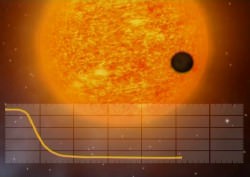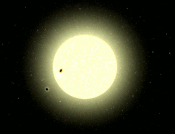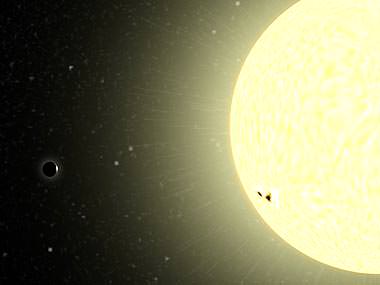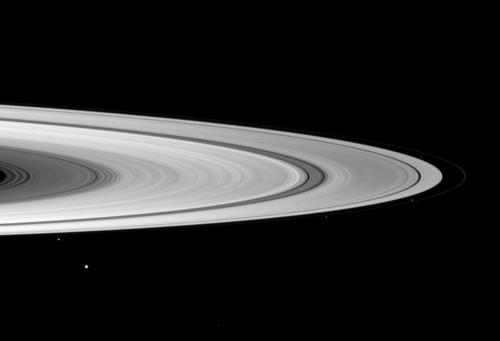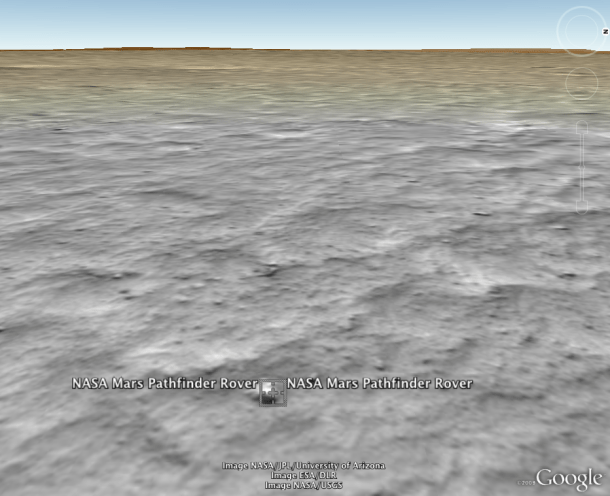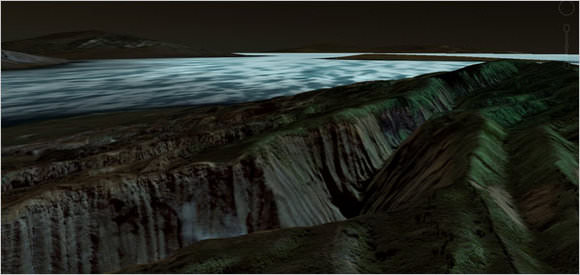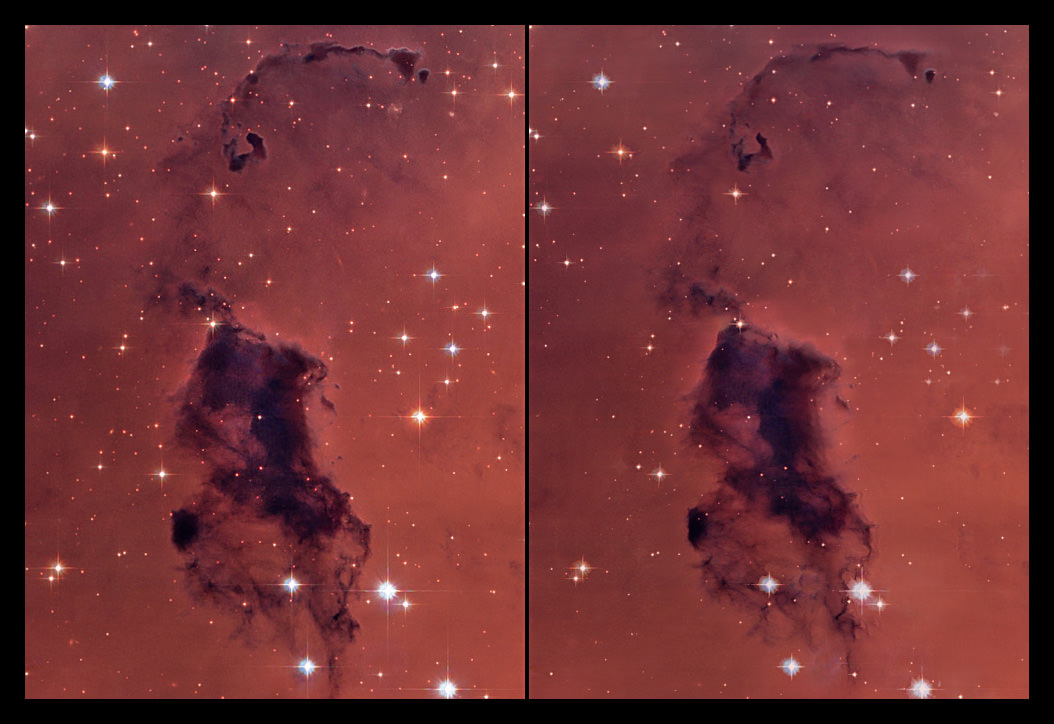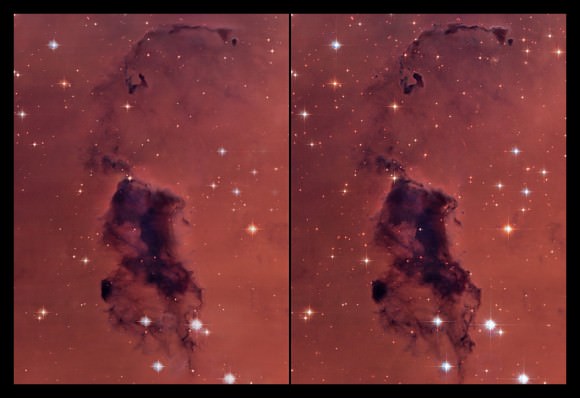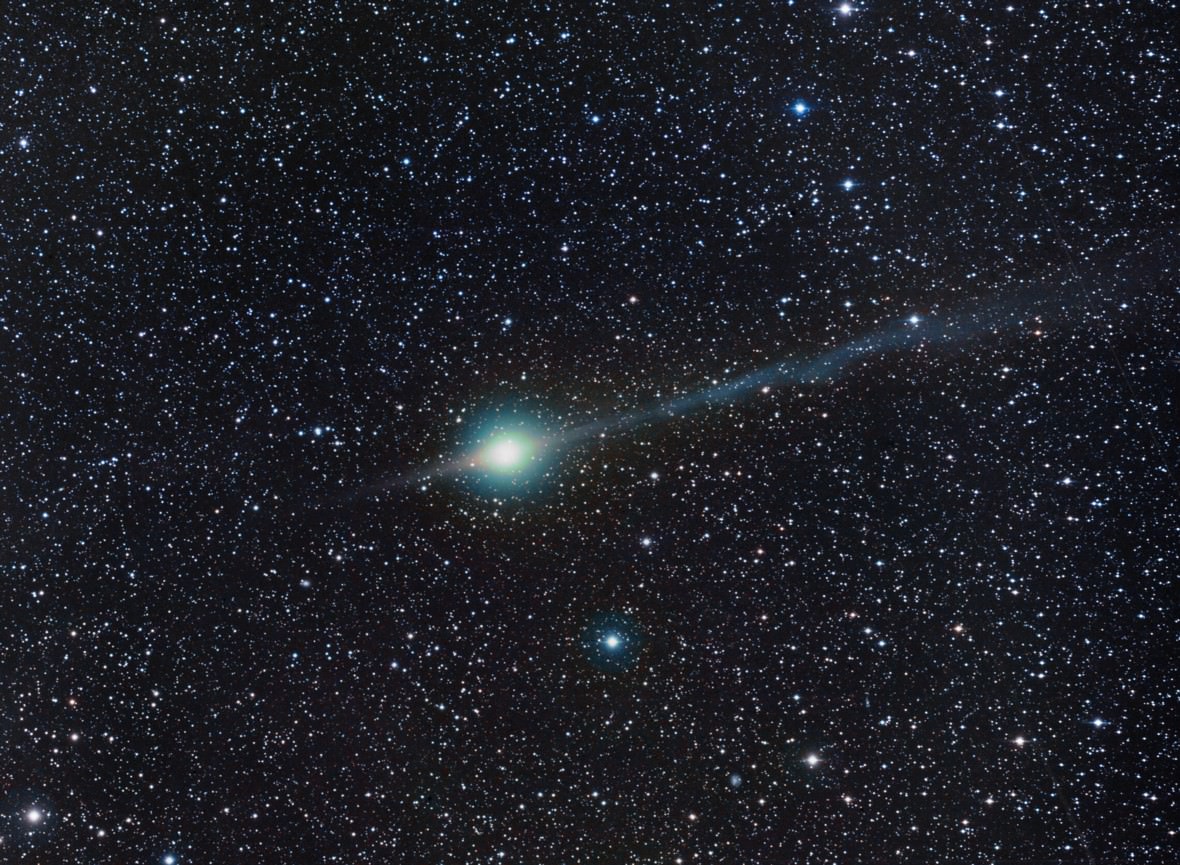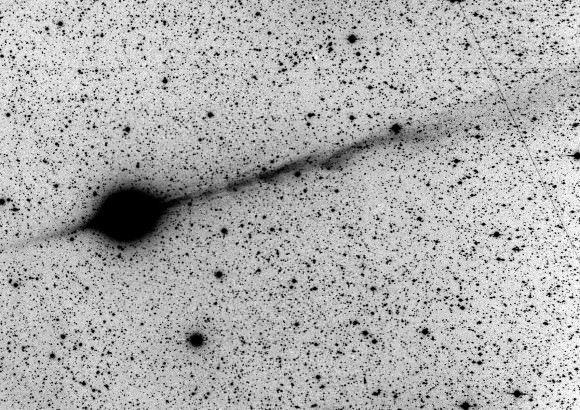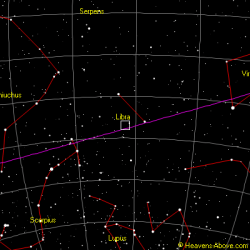[/caption]
The constellation of Vulpecula is unusual, because it did not belong originally to those created by Ptolemy – but to the works of Johannes Hevelius. Vulpecula was included in Firmamentum Sobiescianum, a 56 page atlas created by Hevelius, which outlined seven new constellations which survived time – and many which did not. Positioned north of the ecliptic plane, it spans 268 square degrees of sky, ranking 55th in constellation size. It has 5 main stars in its asterism and 33 Bayer Flamsteed designated stars within its confines. Vulpecula is bordered by the constellations of Cygnus, Lyra, Hercules, Sagitta, Delphinus and Pegasus. It is best seen at culmination during the month of September.
Since Vulpecula is considered a “modern” constellation, there is no mythology associated with it – although the stellar pattern was very visible to the ancient Greeks and Romans. Late in 17th century, astronomer Johannes Hevelius created the constellation of Vulpecula when he was preparing his own set of star charts known as Firmamentum Sobiescianum At the time, he named it “Vulpecula Cum Ansere” which literally translated to the little fox with the goose – and he illustrated it as a fox with a goose caught in its jaws. At the time, Hevelius did not consider it to be two separate constellations – yet it was later divided into two halves – Vulpecula and Anser “The Goose”. When star charts were once again consolidated, the constellations merged again to be known under to modern named assigned to it by the International Astronomical Union as Vulpecula, yet the primary star retains a reminder be being properly named Anser.
Let’s begin our binocular tour of Vulpecula with a look at the Alpha (“a”) star – Anser. Its name literally translates to “goose”, but this class M giant star is anything but flighty. Residing 297 light years from Earth, Anser puts out 390 times more light energy than our Sun from a size about 45 times larger. It may have a dead helium core about to begin hydrogen fusion – and it may have a dead carbon-oxygen core awaiting a second brightening before turning K class. If you’ve notice another nearby star – good for you! Although it’s only a line of sight companion, 8 Vulpeculae makes checking out Anser a real treat!
Now head on to Collinder 399. This wonderful asterism is often called “Brocchi’s Cluster” or the “Coathanger” and it’s a splendid object in binoculars or a rich field telescope. This unique collection of stars was known as far back as 964 AD when astronomer Al Sufi recorded it, and it was independently rediscovered by Giovanni Hodierna in the seventeenth century. In the 1920s, D. F. Brocchi, an amateur astronomer and chart maker for the American Association of Variable Star Observers, created a map of this object for use in calibrating photometers. Thanks to its expansive size of more than 60 arc minutes, it escaped the catalogues of both Messier and Herschel. Only around a half dozen stars share the same proper motion, which may make it a cluster much like the Pleiades, but studies suggest it is merely an asterism…but one with two binary stars at its heart.
Our next target is the magnificent Messier 27 (RA 19 : 59.6 Dec +22 : 43). This incredible planetary nebula appears like a pale green apple core and is unquestionably the brightest study of its kind. Easily located around a finger-width north of Gamma Sagittae, it’s not the largest of all planetaries but is the largest of its kind on the Messier list. M27’s expanse and luminosity suggest that it is quite close to our own system. Some think it difficult to find, but there is a very simple trick. Look for the primary stars of Sagitta just to the west of bright Albireo. Make note of the distance between the two brightest and look exactly that distance north of the “tip of the arrow” and you’ll find M27.
Discovered in 1764 by Messier in a 3.5 foot focal length telescope, I discovered this 48,000 year old planetary nebula for the first time in a 4″ telescope. I was hooked immediately. Here before my eager eyes was a glowing green “apple core” which had a quality about it that I did not understand. It somehow moved… It pulsated. It appeared “living.” For many years I quested to understand the 850 light-year distant M27, but no one could answer my questions. I researched and learned it was made up of doubly ionized oxygen. I had hoped that perhaps there was a spectral reason to what I viewed year after year – but still no answer. Like all amateurs, I became the victim of “aperture fever” and I continued to study M27 with a 12″ telescope, never realizing the answer was right there – I just hadn’t powered up enough.
Several years later while studying at the Observatory, I was viewing through a friend’s identical 12″ telescope and, as chance would have it, he was using about twice the magnification that I normally used on the “Dumbbell.” Imagine my total astonishment as I realized for the very first time that the faint central star had an even fainter companion that made it seem to wink! At smaller apertures or low power, this was not revealed. Still, the eye could “see” a movement within the nebula – the central, radiating star and its companion. Do not sell the Dumbbell short. It can be seen as a small, unresolved area in common binoculars, easily picked out with larger binoculars as an irregular planetary nebula, and turns astounding with even the smallest of telescopes. In the words of Burnham, “The observer who spends a few moments in quiet contemplation of this nebula will be made aware of direct contact with cosmic things; even the radiation reaching us from the celestial depths is of a type unknown on Earth…”
Ready for a galactic star cluster for both binoculars and a small telescope? The return to Alpha and begin about two fingerwidths southeast and right on the galactic equator you’ll find NGC 6823 (RA 19 : 43.1 Dec +23 : 18). The first thing you will note is a fairly large, somewhat concentrated magnitude 7 open cluster. Resolved in larger telescopes, the viewer may note these stars are the hot, blue/white variety. For good reason. NGC 6823 only formed about 2 billion years ago. Although it is some 6000 light-years away and occupies around 50 light-years of space, it’s sharing the field with something more – a very large emission/reflection nebula, NGC 6820. In the outer reaches of the star cluster, new stars are being formed in masses of gas and dust as hot radiation is shed from the brightest of the stellar members of this pair. Fueled by emission, NGC 6820 isn’t always an easy visual object – it is faint and covers almost four times as much area as the cluster. But trace the edges very carefully, since the borders are much more illuminated than the region of the central cluster. Take the time to really observe this one! Its processes are very much like those of the “Trapezium” area in the Orion nebula. Be sure to mark your observing notes. NGC 6823 is Herschel VII.18 and NGC 6820 is also known as Marth 401!
If you’d like to try something new, return to M27 and head 2 degrees west-northwest to find NGC 6830 (RA 19 : 51.0 Dec +23 : 04). This rich 7.9 magnitude, cross-shaped open cluster is a real treat. Continue another 2 degrees in the same direction to pick up 7.1 magnitude cluster NGC 6823. Those with large telescopes should look for a faint sheen of nebulosity associated with this youthful open cluster!
Now let’s work on a pair of open star clusters for both binoculars and small telescopes, starting with NGC 6885 (RA 20 : 12.0 Dec +26 : 29). This little 6th magnitude sparkle of stars includes that bright O class star you can see visually and is also known as Caldwell 37. In binoculars you’ll see another compression nearby listed as NGC 6882 (RA 20 : 11.7 Dec +26 : 33). While it doesn’t contain a bright and splashy star like its neighbor, NGC 6882 is a nice ring shaped collection!
Our last official target in Vulpecula is superb galactic star cluster NGC 6940 (RA 20 : 34.6 Dec +28 : 18). This 6th magnitude, 31 arc minute cloud of stars is sure to please anyone with any size binoculars or telescope. The more aperture you have – the more stars you resolve! Discovered by Sir William Herschel in 1784 and logged as H VIII.23, this intermediate-aged galactic cluster will blow your mind in large aperture. Although visible in binoculars, as aperture increases the field explodes into about 100 stars in a highly compressed, rich cloud. Although not visited often, NGC 6940 is on many observing challenge lists. Use low power to get the full effect of this stunning starfield!
While NGC 6834 (RA 19 : 52.2 Dec +29 : 25) is officially listed as Cygnus, why not visit anyway? You’re in the neighborhood! It’s a very rich and compact small star cluster that’s a worthy challenge to pick out of the Milky Way star field in a telescope!
Sources:
Wikipedia
SEDS
Chart Courtesy of Your Sky.
